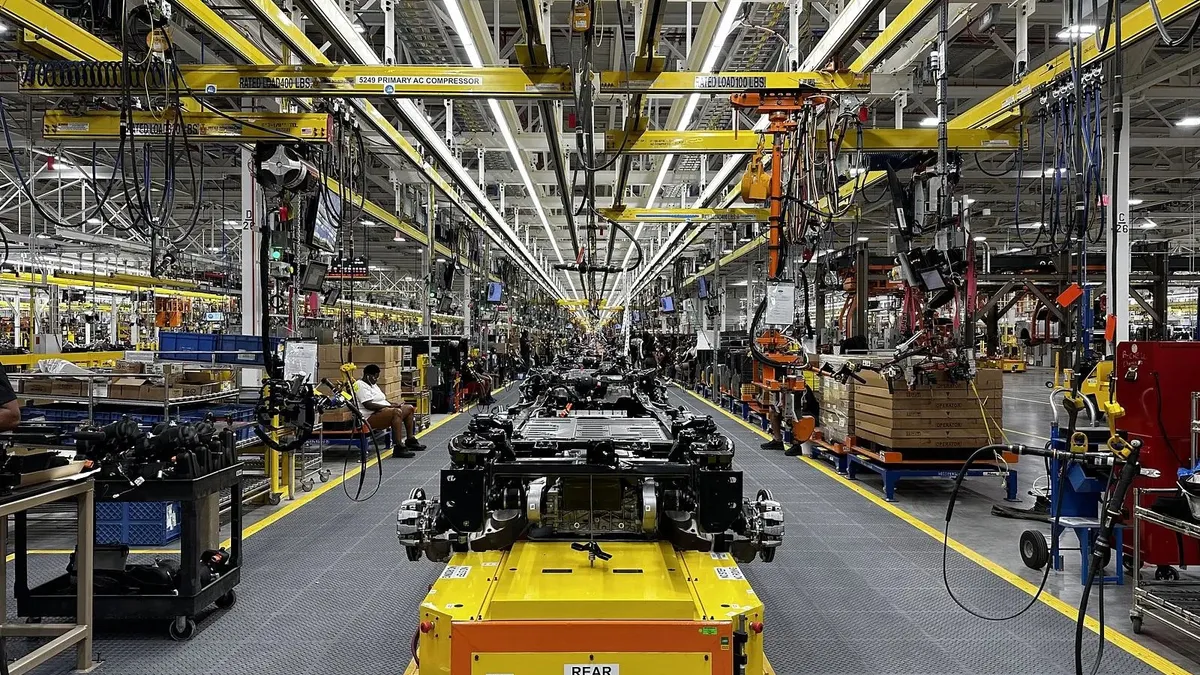A growing number of Americans with car loans are at financial risk — only a fraction of people have enough saved to cover six months of living expenses, according to a J.D. Power study.
This trend comes as new vehicle loan interest rates reach their highest levels in two decades, car insurance rates rise, and new vehicle prices increase.
“Auto lenders really need to tailor their offerings for the realities of the current market and recognize that a large portion of their customers may face some very real challenges managing their finances,” Patrick Roosenberg, senior director of automotive finance intelligence at J.D. Power, said in a statement.
The 2024 study found a growing proportion of “financially vulnerable” customers, alongside an even bigger decline in “financially healthy” customers. J.D. power measured borrowers’ financial health by considering their spending rates, saving rates, credit scores and safety net resources such as insurance, plotting the result on a continuum spanning from “healthy” to “vulnerable.”
According to J.D. Power, the number of financially vulnerable mass market loan customers is up 11 percentage points from 2021, while the number of those considered financially healthy fell 13 percentage points.
Of borrowers considered financially vulnerable, just 1% said that they had enough funds to cover six months of living expenses were a financial emergency to occur.
To help consumers mitigate financial hardships, Roosenberg recommended that lenders incorporate flexibility into their bill payment processes, such as ensuring that digital bill payment tools have options for payment extensions or deadline changes. He also suggested lenders offer budgeting or financial planning advice for borrowers.
Bolstering J.D. Power’s conclusions, the Federal Reserve reported in September that by the end of 2023, car loan delinquency rates had climbed to levels higher than before the pandemic, driven mostly by borrowers’ higher monthly payments. In addition, the average amount of negative equity Americans owed on car loans reached to its highest recorded level in Q3 2024, according to Edmunds.
The study is meant to gain insight into the experiences and preferences of new borrowers of used or new vehicles. The most recent iteration was based on responses from 11,071 drivers who financed a new or used vehicle within the past three years.











